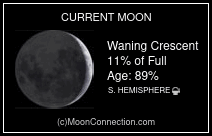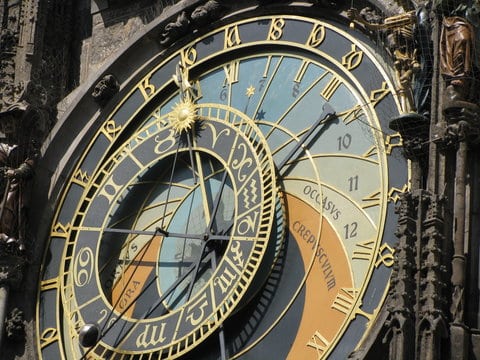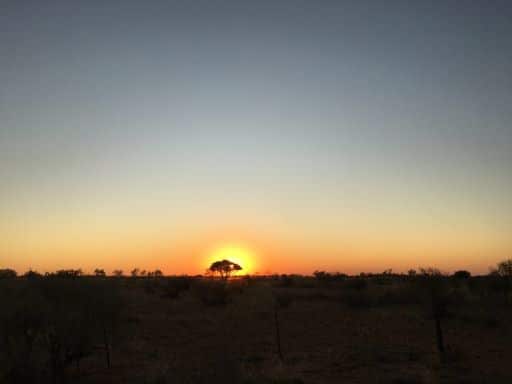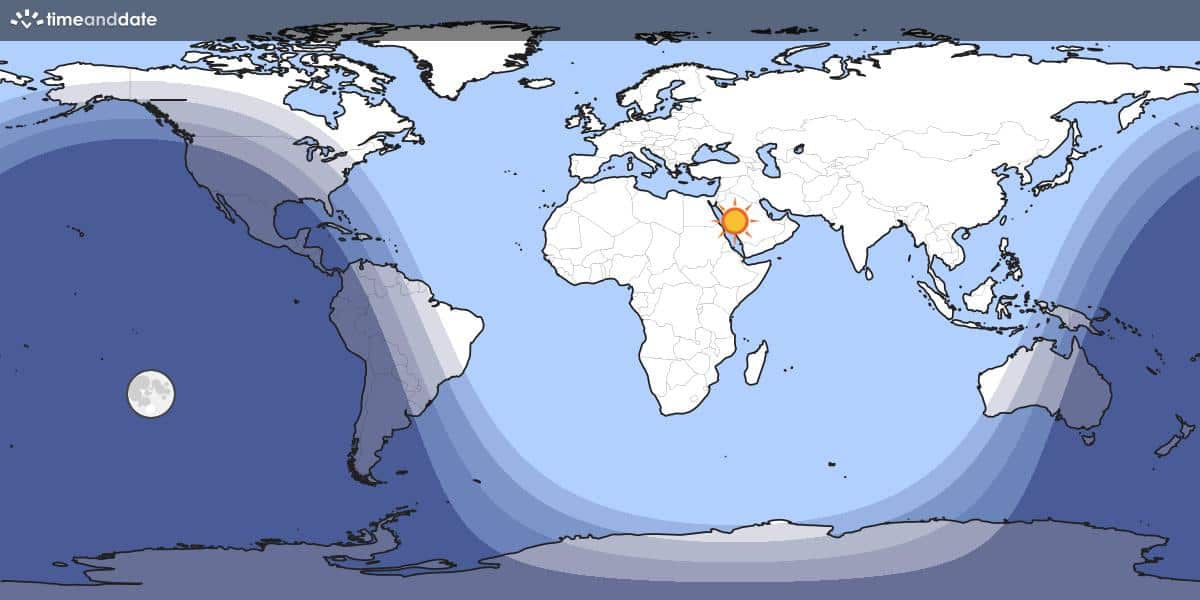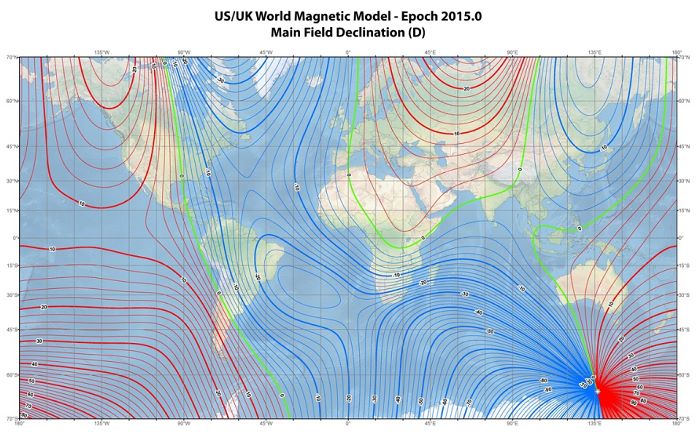The Sextant
Steve Gottlieb’s Observations
S-L 456 = KMHK 879 = LH 51
05 25 28 -67 29 13; Dor
V = 11.7
30″ (11/5/10 – Coonabarabran, 264x): faint group of stars and nebulosity that lies 4′ W of NGC 1955 (within association LH 51) and forms the western end of the “Sextant Arc” with NGC 1955, 1968 and 1974. The involved nebulosity is the western portion of a superbubble; the eastern end involves NGC 1955, with wings extending north and south.
Notes: John Herschel probably discovered S-L 456 on 2 Jan 1837. His description for NGC 1955 mentions “The second of a great line of rich clusters [NGC 1968, 1974 and 1991] which are connected by abundant scattered stars. (The first not taken).” Looking at the sky, the first is likely S-L 456, which lies due west of NGC 1955.
NGC 1955 = LMC-N51D = ESO 056-121 = S-L 467 = LH 54
05 26 10 -67 29 54; Dor
V = 9.8; Size 1.8′
30″ (11/5/10 – Coonabarabran, 264x): this cluster and emission nebula is near the western end of a beautiful curved chain of bright clusters involved with prominent nebulosity (referred to as the “Sextant Arc”). This arc of nebulous clusters extends 17′ from WSW to ENE, and includes NGC 1966 and NGC 1974 to the NE and S-L 456, a group of stars and nebulosity 4′ W of NGC 1955.
The NGC 1955 cluster (part of the stellar association LH 54) includes as many as 40 stars in a 4′ region including a half-dozen mag 11.5-12.5 stars in a 3′ gently curving E-W arc that is concave towards the S. Near its W end is mag 11.6 HD 36402 = Brey 31, a Wolf-Rayet binary (WC-type). On the E end is mag 13.1 supermassive spectroscopic binary (LH 54-425) with spectral type O3V+O5V.
The cluster is immersed in a large, irregular haze that was brightest at its E side in a 30″ circular glow. This patch is just a locally brighter region within a large, filamentary loop or arc (N51D Superbubble) that extends N-S for 6′-7′ and opens towards the W. A mag 9.5 star is at the S end of this impressive arc, 3.5′ S of the cluster. NGC 1968 lies ~8′ ENE and NGC 1974 11′ NE.
A fainter group of stars and extended nebulous haze lies 4′ to the W (S-L 456 within association LH 51) and the DSS reveals both E and W arcs are the brightest portions of an 8′ superbubble (N51D). LH 55 = S-L 471 is a light sprinkling of stars 8′ to the south that is immersed in faint nebulosity (N51E).
Notes: James Dunlop discovered NGC 1955 = D 211 on 3 Aug 1826 and described “a small faint elliptical nebula, about 20″ diameter. This is the preceding in a curved line of six or seven small nebulae, of unequal magnitudes.” Dunlop made 4 observations and his position is just 1.6′ too far SE. John Herschel called NGC 1955 = h2863 “The second of a great line of rich clusters [NGC 1968, 1974 and 1991] which are connected by abundant scattered stars. (The first not taken).” The first is probably S-L 456. Herschel credited Dunlop with the discovery.
KMHK 894 = LMC-N51B
05 26 14.2 -67 37 13; Dor
Size 1.4′
25″ (4/3/19 – OzSky): at 244x; fairly faint “knot” on the west end of the N51E field, 25″ diameter, fairly low surface brightness. Close following are a few stars including a mag 12.5 star. These form LH 55 = S-L 471.
I assumed this object was a cluster and didn’t try using a NPB filter, but despite the SIMBAD classification, it may be a brighter HII knot in the N51E nebula.
LH 55 = S-L 471
05 26 24 -67 37 15; Dor
25″ (4/3/19 – OzSky): at 244x; the LH 55 association is rather poor, consisting a few stars in an E-W string, including mag 12.5 Sk -67 108 (spectral type 04-5), and a knot (KMHK 894) on the west end. The association is immersed in faint emission nebulosity (N51E), but I didn’t insert a filter to identify it.
LMC “Sextant Arc” = Shapley’s Constellation III (NGC 1974) = LH 51, LH 54, LH 60, LH 63
05 26 50 -67 27 00; Dor
Size 20’x15′
30″ (11/5/10 – Coonabarabran, 264x): The “Sextant Arc” of the LMC consists of S-L 456, NGC 1955, 1968, 1974 and associations LH 51, 54, 60, 63. See their notes.
Notes: Nail and Shapley (1953) called this region “Constellation III”, one of 5 “Constellations” of blue supergiant stars in the LMC. This complex is part of a Supergiant Shell of HI and HII regions named LMC 4, and it’s thought to be a result of supernovae and O-type stars near the center of LMC 4. NGC 1974 and its surrounding bubble-like nebula is sometimes considered a separate Superbubble.
Bok, Bok & Basinski (1962) were the first to study it, noting the arc-like appearance of this association, which includes, apart from NGC 1974, the clusters NGC 1955 and NGC 1968.
NGC 1968 = LMC-N51C = ESO 056-130 = S-L 483 = LH 60
05 27 39.7 -67 27 48; Dor
Size 1.5′
30″ (11/5/10 – Coonabarabran, 264x): NGC 1968 is the third in a great chain of clusters involved in extensive nebulosity oriented southwest to northeast. The cluster is bright and very elongated 3’x1′ E-W with ~20 stars, including many OB-types from mag 12-13. Outliers spread in the direction of NGC 1955 including a mag 11.5 emission line star midway between and a mag 12.4 blue supergiant (O6-type) less than 1′ to its south.
The cluster (part of stellar association LH 60) is surrounded by nebulosity (N51C) that brightens on the east end in a large, round knot and extends SW of the cluster for several arc minutes in the general direction of NGC 1955. NGC 1968 is connected to NGC 1974, another nebulous cluster 3′ NE, with NGC 1955 just 8′ WSW. The entire complex is nicknamed the LMC “Sextant Arc”.
Notes: James Dunlop discovered NGC 1968 = D 188 = h2870 on 27 Sep 1826. He described “a curved line of 5 or 6 faint nebulae with a number of small stars mixed. This line is rich in stars and nebulae.” This object (or group of nebulae) was found during a drift on 27 Sep in which he misidentified the offset star (Theta Doradus) and all positions were reduced incorrectly (2.4° to the SE). Once corrected and checked for consistency with NGC 2004, which was logged 3 minutes later in the drift, his offsets land 5′ S of NGC 1968. His description probably includes NGC 1974.
John Herschel rediscovered NGC 1968 = h2870 on 2 Jan 1837 (sweep 760) and described “The third of a great line of rich clusters [with NGC 1955, 1969, 1971, 1972 and 1974] all connected by abundance of irregularly scattered stars.”
NGC 1974 = NGC 1991 = LMC-N51A = ESO 085-89 = S-L 494 = LH 63
05 28 00 -67 25 24; Dor
Size 1.7′
30″ (11/5/10 – Coonabarabran, 264x): NGC 1974 is the fourth in a great looping chain of clusters and nebulosity (collectively called the “Sextant Arc”) including NGC 1955 and NGC 1968 to the SW. NGC 1974 is virtually attached to NGC 1968, only distinguished by less nebulosity and stars. Roughly three dozen stars were resolved in a 3′ circular group (stellar association LH 63) including a number of mag 12-13 stars. The cluster is involved in fairly bright nebulous haze (N51A).
A filament of nebulosity visible on the NE side is the brightest section of an incomplete supernova remnant shell (DEM L205). Discovered in 2012, it’s one of the largest remnants known in the LMC.
Notes: James Dunlop discovered NGC 1974 = D 213 on 6 Nov 1826 and described “a faint elliptical nebula, about 30″ diameter. This is the following in a curved line of nebulae.” He observed it on three occasions and his (mean) position is 2.8′ too far northeast.
John Herschel recorded h2877 on 23 Nov 1834 (sweep 5112) as “The following part of a large irregular cluster which extends obliquely across the field.” The objects in this grouping include NGC 1955, 1968, 1974 and NGC 1991 and his position is accurate (~30″ south of center). Herschel found this nebulous cluster again on 2 Jan 1837 (sweep 760) and recorded it as h2884 (= NGC 1991), although his RA was 1.0 min too large. So, NGC 1974 = NGC 1991. Lucke and Hodge misidentify this object (typo) as NGC 1947.



